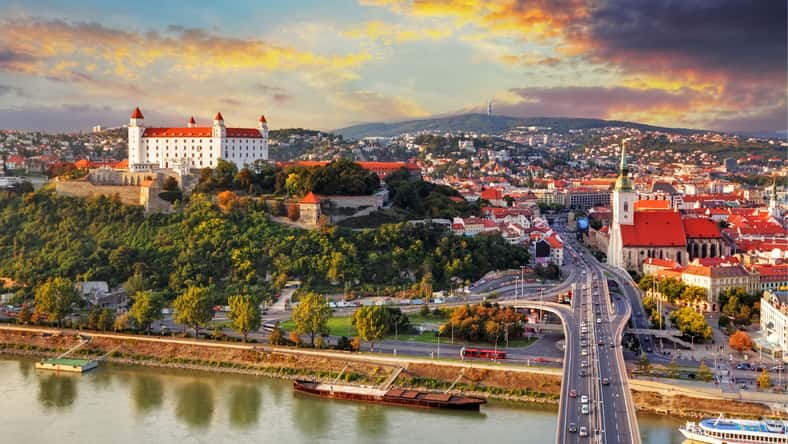Archaeologists In Slovakia Discovered A Lost Medieval Settlement Dating Back To Between The Eleventh And Thirteen Centuries, As Well As The Remains Of An Older Settlement From The Late Roman Era

On the site of a future industrial park in Slovakia, archaeologists came across a lost medieval settlement and Roman-era remains.
The discoveries were made near the town of Rimavská Sobota, which is located in the southern part of the central European nation.
The excavations were led by Eva Fottová from the Archaeological Institute of the Slovak Academy of Sciences.
The remains of a medieval settlement dating between the 11th and 13th centuries were unburied, along with an older settlement from the late Roman era, dating around the third or fourth century. During its peak, the border of the ancient Roman empire ran through modern-day Slovakia.
Researchers believe that the medieval settlement might be a place known as Kl’ačany. A document from 1557 contains the only written record of it. The document mentioned that the settlement had ceased to exist. After Turkish raids, it had met its end and was abandoned.
According to Gabriela Breznanová, a heritage officer with the Banská Bystrica Regional Monument Office (RMO) who was in charge of supervising the dig, the medieval settlement appeared to be an agrarian-based society.
The name of the settlement also indicates that it was first founded as a community that primarily practiced horse breeding.
Several pits and wells were all that was left of the medieval settlement. Some white clay pottery vessels were discovered in them. In contrast, the Roman-era settlement seemed to specialize in metal production.
The team of researchers unearthed furnaces for processing ore, as well as some metal debris and various products that were semi-finished.

TTstudio – stock.adobe.com – illustrative purposes only
The furnaces provided archaeologists with evidence of the iron smelting practices from that particular time period. In addition, the finds were the first of their kind to be made in the area.
“The inhabitants of the settlement were engaged in bog ore exploitation and smelting iron in simple furnaces dug into the ground,” Breznanová said.
“Multiple furnaces were preserved without further disturbance, in some instances even with the slag still present inside.”
The full extent of the villages has yet to be established. Excavations are still ongoing but will end soon. Afterward, the artifacts will be examined more closely.
Sign up for Chip Chick’s newsletter and get stories like this delivered to your inbox.
More About:News





